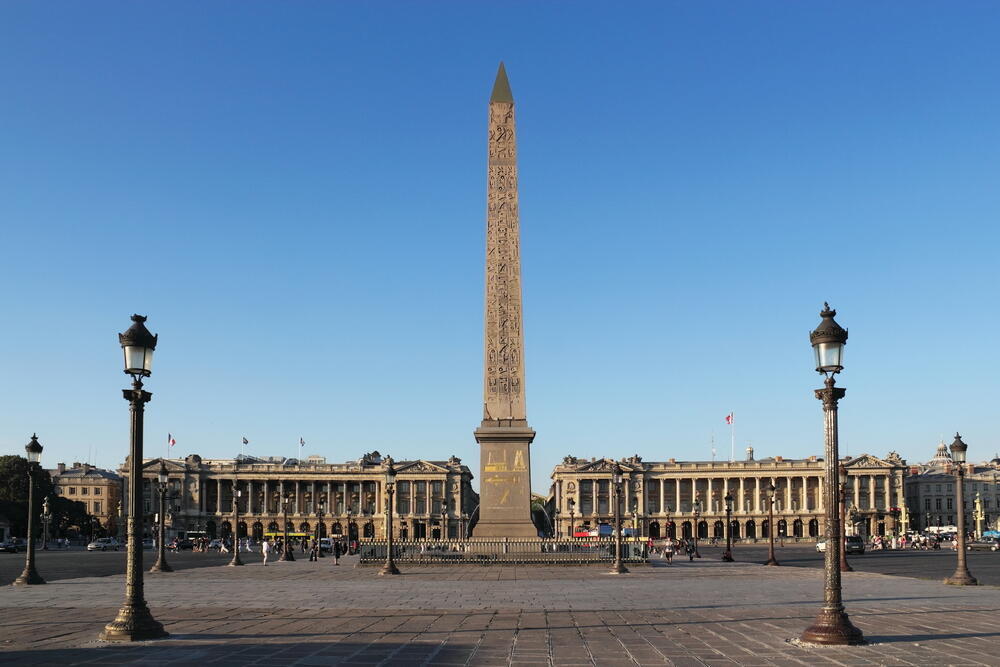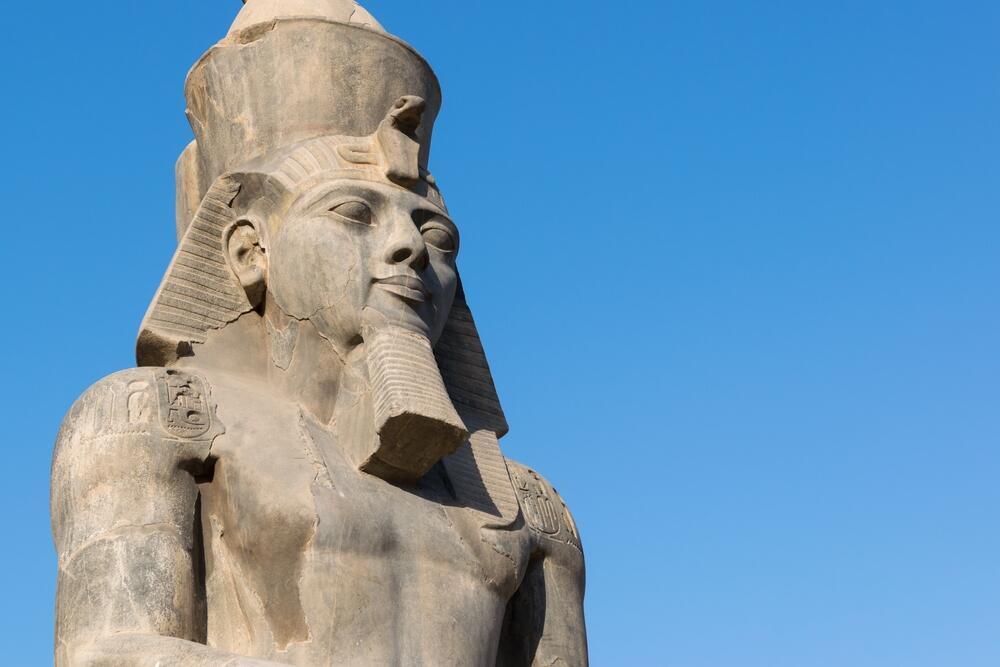A fascinating discovery has emerged from one of the city’s most iconic landmarks — the 3,000-year-old Luxor Obelisk, originally erected during the reign of Ramses II. A French Egyptologist, Jean-Guillaume Olette-Pelletier, claims to have deciphered hidden messages within the obelisk’s hieroglyphic inscriptions, shedding new light on the cryptographic traditions of ancient Egypt.
The 75-foot red granite monument, carved in Egypt, once stood outside the Luxor Temple before being relocated to Paris in 1836. Since then, it has occupied a prominent place in the Place de la Concorde, covered in inscriptions extolling Ramses II’s reign. The pharaoh, known for prolific building projects and for inscribing his name throughout Egypt, originally commissioned the obelisk as one of a pair. Its twin remains in Egypt.
For years, Olette-Pelletier — an Egyptologist affiliated with the Sorbonne and the Catholic University of Paris — studied the monument informally during walks through the city. “I would walk up to it and read the hieroglyphs on its surfaces to relax,” he told Sciences et Avenir. “At one point, I realized something unexpected: The hieroglyphs’ meaning seemed to point toward the entrance of the Luxor Temple’s portico. But that was just the beginning.”
His casual observations turned into formal research when he noticed patterns suggesting the use of crypto-hieroglyphs — encoded symbols within standard hieroglyphic writing. First identified in the 1950s by Egyptologist Canon Étienne Drioton, crypto-hieroglyphs include puzzles, wordplay and hidden meanings, often requiring knowledge of changes in reading direction or symbolism.
“Although some Egyptians could read hieroglyphs, only certain elites were capable of understanding the hidden messages they could contain — considered a language of the gods,” Olette-Pelletier explained. These cryptic inscriptions, he determined, were intended for Egypt’s intellectual and social elite.
His breakthrough came in 2021, when scaffolding was erected around the obelisk for conservation work ahead of the Olympic Games. He received permission to examine the monument up close, especially the upper sections usually out of reach. There, he confirmed his theory: the engravings included multiple hidden messages, deliberately positioned to be seen by particular audiences.
In its original location along the Nile, the obelisk would have greeted travelers approaching Luxor Temple by boat. Olette-Pelletier believes the positioning and angles of the crypto-hieroglyphs were intentional, meant to be seen by the nobility during religious festivals and state ceremonies. One inscription, he says, conveyed a striking message of royal propaganda: “The king confirms himself as god incarnate, who cannot be dethroned.”
Olette-Pelletier is one of the few experts in the world able to decipher crypto-hieroglyphs. In 2021, he published a study decoding cryptographic symbols on a throne belonging to Pharaoh Tutankhamun. His recent work on the Luxor Obelisk has identified seven distinct crypto-hieroglyphs, some of which instruct viewers to make offerings to the gods.
Get the Ynetnews app on your smartphone: Google Play: https://bit.ly/4eJ37pE | Apple App Store: https://bit.ly/3ZL7iNv
He plans to publish his findings in ENiM, a journal specializing in Egyptology, highlighting how cryptography added symbolic depth to monumental inscriptions. “The use of hieroglyphic cryptography allows us to provide a new reading of pharaonic texts,” he said. “It’s an example proving that Egyptology still holds a lot of things waiting to be discovered.”
For Olette-Pelletier, the Luxor Obelisk is more than a historical artifact — it is a testament to the sophistication of ancient Egyptian communication and religious ideology.



